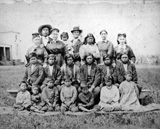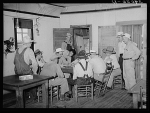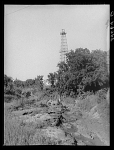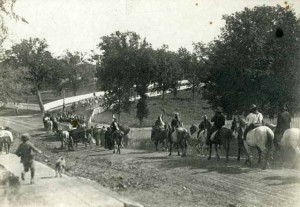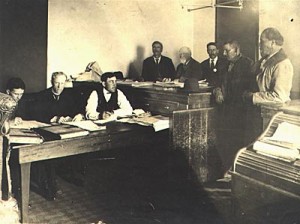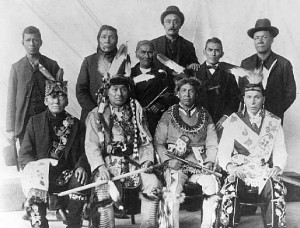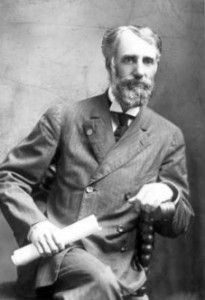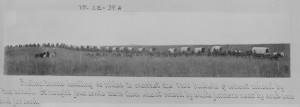Unscrupulous profiteers were never shy about trying to benefit from something Native Americans possessed. When petroleum was discovered in Oklahoma (see last post), the lands occupied by the Five Civilized Tribes became a magnet for exploitation.
Early in the nineteenth century, the United States gave the Five Civilized Tribes all the land in Indian Territory. Congress later decided to divide the land into small acreages, called allotments. These allotments were given to Indian families, but were controlled and (nominally) protected by the federal government on their behalf.
In 1908, federal protection was lifted, and unscrupulous whites moved in to take advantage of the riches on the Oklahoma land. Many Indians could not read or write, or really understand the unfamiliar laws and practices involved in land ownership. Congress gave control of Indian lands to the county courts in Oklahoma, and the ravaging began. Hundreds of Indian families lost their land and the wealth they might have enjoyed. Within 30 years, Oklahoma Indians retained only one fifteenth of their original allotments.
________________________________________________________________________
